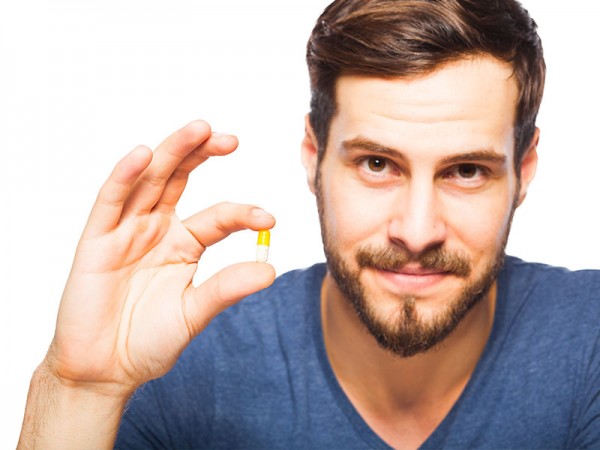In our Vitamaze.Shop, we use microcrystalline cellulose products if necessary. Here we would like to inform you about this vegetable filler – how it is produced, its safety and the reason why we use it.
Microcrystalline cellulose: the facts
- produced from plant fibre cellulose
- Nanofree: our microcrystalline cellulose is free of nanoparticles
- Harmless: not absorbed and not digested by the body
What is microcrystalline cellulose anyway?
Microcrystalline cellulose is a proven filler and stabilizer in food, cosmetics, capsules and tablets. The body does not absorb it, but eliminates it. It is rated by the European Commission* as completely safe for the human body.
How is microcrystalline cellulose produced?
Microcrystalline cellulose is obtained from plant fibre cellulose. We exclusively use branded cellulose, which comes from renewable forests in Germany. Cellulose is the natural substance par excellence – it can be found in the cell walls of all plants and is the most abundant organic compound. We encounter it virtually everywhere.
To obtain microcrystalline cellulose, cellulose is treated with mineral acids to produce a white, crystalline powder. It is chemically identical to the original cellulose. Only the particle size (it is now "micro") and crystallinity (it is now powdery white) change – and this is also visible in the name: microcrystalline cellulose.
Why does Vitamaze use microcrystalline cellulose?
Through the filler we can, if necessary, bring our capsules and tablets to a convenient size. This is because it is through the filler that some products acquire a volume that can be touched and consumed.
For example, take our zinc tablets. A daily dose of 25mg zinc may be high, but it is very small and simply intangible. When loaded with the filler microcrystalline cellulose, it becomes a 1/2 tablet that is easy to ingest.
This becomes even clearer with vitamin K2: Just 0.2mg of vitamin K2 is contained in one small tablet. Not visible to the naked eye and certainly not to be grasped with bare hands. For this reason, the capsule or tablet is simply filled with microcrystalline cellulose.
During manufacture, we cannot always do without microcrystalline cellulose - but we can do without all unnecessary additives such as the release agent magnesium stearate and coating materials. We remain as pure as possible. At Vitamaze.Shop, there are no harmful or superfluous additives.
How harmless is microcrystalline cellulose?
Microcrystalline cellulose is rated as very safe: It is not absorbed by the body, does not penetrate the intestinal wall and is simply eliminated undigested. This is why it is often referred to as indigestible dietary fibre.
Cellulose and also microcrystalline cellulose are approved by the European Commission* as food additives (E 460) for food and food supplements. It is widely used in bakery products, sauces, light products and frozen foods. It is also used as a filler for tablets and capsules.
Are there nanoparticles in microcrystalline cellulose?
Microcrystalline cellulose contains microparticles (as the name suggests) and no nanoparticles. The particles in the microcrystalline cellulose cannot penetrate the intestinal wall – they are simply too large for that. They are excreted by the body. This has been proven in various studies. In contrast, nanoparticles are suspected of accumulating in the body. But nanoparticles are taboo at Vitamaze.Shop: The microcrystalline cellulose we use is completely nanofree. It is therefore completely harmless for your health.
As an additional precaution, the legislator has stipulated that microcrystalline cellulose particles must be larger than 5 micrometres in order to be used in food.
* See COMMISSION REGULATION (EU) No 1274/2013 of 6 December 2013: https://eur-lex.europa.eu/legal-content/DE/TXT/?uri=celex:32013R1274 / https://eur-lex.europa.eu/legal-content/EN/TXT/?uri=celex%3A32013R1274
Photo: istockphoto | BogdanBrasoveanu











